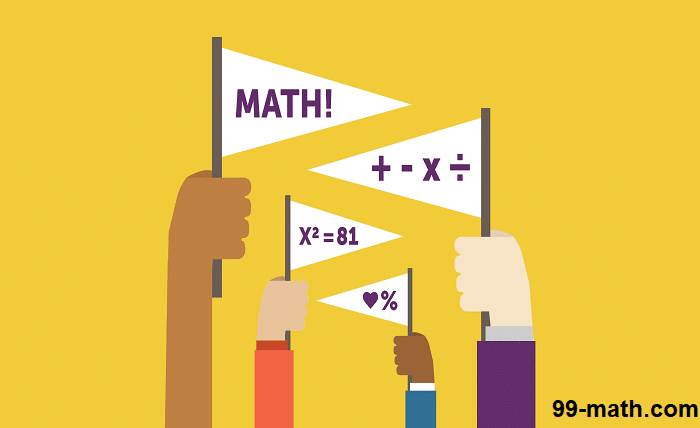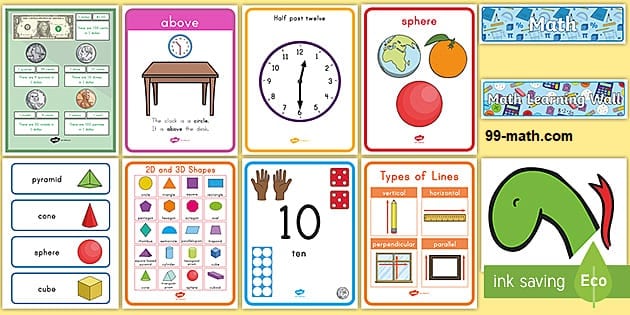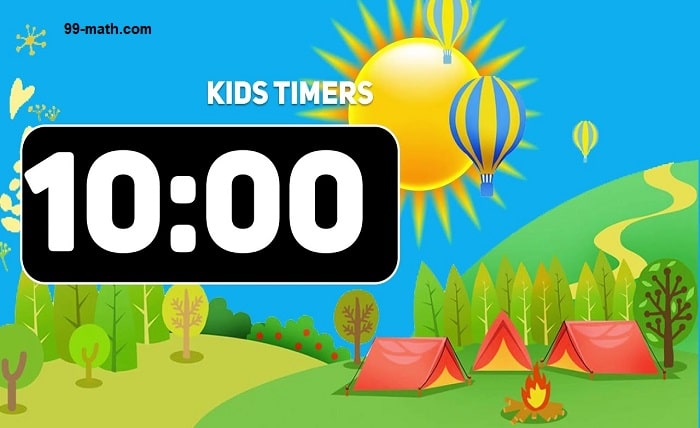Mastering Math Through Play: Unveiling the Magic of Tang Math
Mathematics is often considered a challenging subject, but it can also be incredibly rewarding and enjoyable, especially when taught through interactive and engaging methods. Tang Math is one such approach that uses games and activities to help students develop a deeper understanding and appreciation for math concepts. This article explores the world of Tang Math, how it works, and the benefits it offers in mastering math skills.
What is Tang Math?
Tang Math is a teaching method that uses games, puzzles, and activities to teach math concepts in a fun and engaging way. The approach is based on the idea that students learn best when they are actively involved in the learning process and when learning is connected to real-life experiences. Tang Math games are designed to be hands-on and interactive, encouraging students to explore math concepts through play.
How Tang Math Works
- Hands-On Activities: Tang Math activities often involve physical objects, such as blocks, cards, or tiles, that students can manipulate to solve math problems.
- Games: Tang Math games are designed to be competitive and engaging, encouraging students to use math skills to outsmart their opponents or achieve a goal.
- Real-Life Applications: Tang Math activities are often based on real-life scenarios, helping students see the practical applications of math in everyday life.
- Problem-Solving: Tang Math activities emphasize problem-solving skills, encouraging students to think critically and creatively to solve math problems.
Benefits of Tang Math
- Engagement: Tang Math games and activities are highly engaging, capturing students’ interest and motivating them to learn.
- Understanding: Tang Math helps students develop a deeper understanding of math concepts by allowing them to explore and manipulate mathematical ideas in a hands-on way.
- Retention: Because Tang Math is interactive and engaging, students are more likely to remember the math concepts they learn.
- Collaboration: Tang Math activities often involve collaboration and teamwork, helping students develop important social skills while learning math.
- Fun: Perhaps most importantly, Tang Math is fun! By making math enjoyable, Tang Math helps students develop a positive attitude towards math and learning in general.
Examples of Tang Math Activities
- Tangrams: A traditional Chinese puzzle game that involves arranging geometric shapes to form specific patterns.
- Number Bonds: A visual representation of the relationship between numbers, often used to teach addition and subtraction.
- Math Card Games: Games that use playing cards to teach math concepts, such as multiplication, fractions, and probability.
Conclusion
Tang Math is a powerful teaching approach that can help students master math skills while having fun. By using games, puzzles, and activities, Tang Math engages students in the learning process and helps them develop a deeper understanding of math concepts. Whether used in the classroom or at home, Tang Math is a valuable tool for making math enjoyable and accessible to all students.
Also Read:





